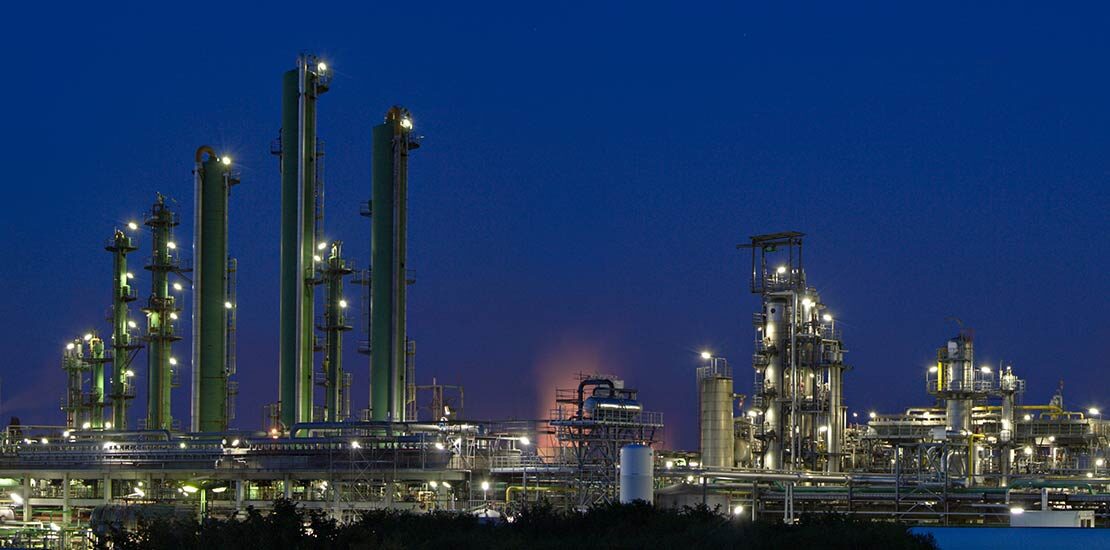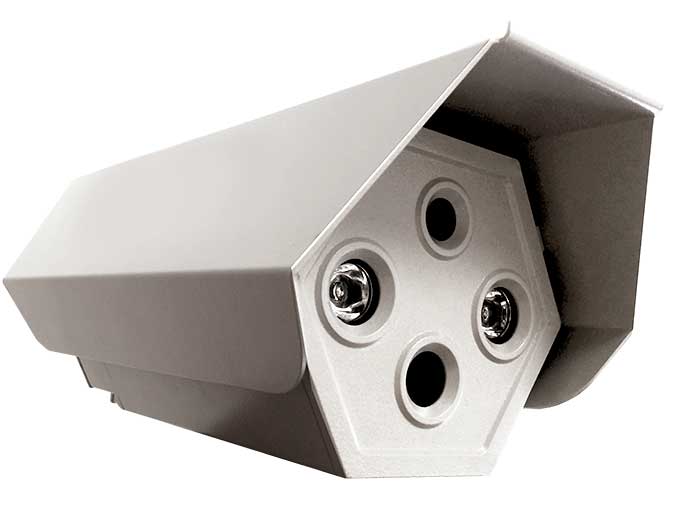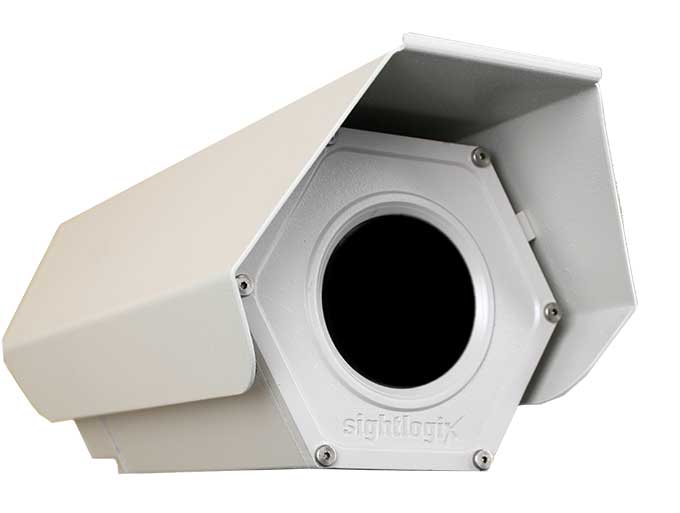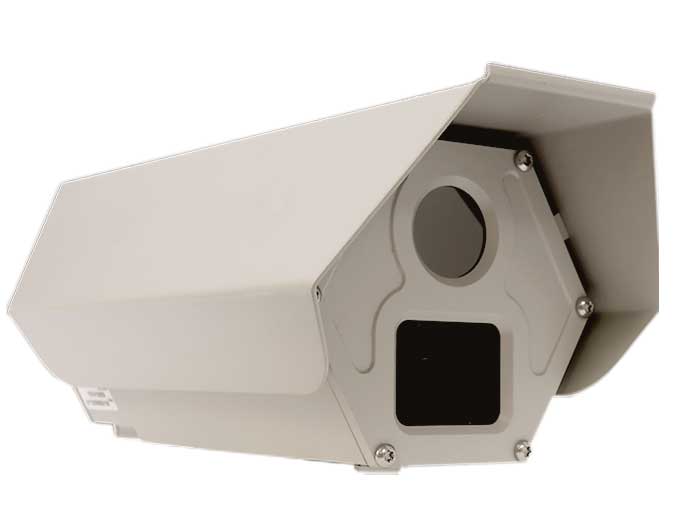- May 20, 2021
- Posted by: Eric Heller
- Category: Blog

WHAT IS CFATS & WHY IS IT IMPORTANT?
We all know that the chemical industry converts natural materials such as air, water, minerals, metals, and oil into a multitude of different products. However, most of us don’t stop to think about how much modern society relies on these productions.
Chemicals are an indispensable part of our economy. In fact, as of 2018, the total revenue of the global chemical industry amounted to over four trillion U.S. dollars. Chemicals affect our everyday life in numerous ways; they allow us to buy refrigerated goods, keep the power and heat on and even keep us clothed so we stay warm in the winter. We have unlimited access to telecommunications, music, and media using chemicals. Finally, medical science relies heavily on the production of chemicals.
In short, modern society entirely depends upon them.
The management of these chemicals, from the extrication right through to their disposal, is extremely important as mismanagement can pose risks to human health and the environment. Not only that, if certain types of chemicals fall into the wrong hands, they can become a weapon used to cause widespread injuries and fatalities.
To prevent this from happening, in 2007 Congress brought forward the Department of Homeland Security Appropriations Act. This Act required the Department of Homeland Security (DHS) to create regulations that establish risk-based performance standards for chemical facilities that present high levels of risk. The bill also instructed DHS to conduct vulnerability assessments for high-risk chemical facilities. The facilities considered high-risk would then need to develop and implement site security plans.
To make this happen, DHS worked with people within the industry to establish the Chemical Facility Anti-Terrorism Standards (CFATS) program. This program identifies and governs facilities that have chemicals of interest (COI) at specific concentrations and quantities (SCQ). Essentially, this program ensures that all facilities with COIs that could be used directly or indirectly for chemical terrorism do the following:
- Monitor the chemicals in question
- Report any COIs above regulated threshold amounts
- Enforce appropriate security measures
History of CFATS
2007
The US Department of Homeland Security (DHS) implemented the CFATS program which addresses the need for regulated security among high-risk chemical facilities. High-risk is defined by the handling of specific chemicals that could be used in a terrorist attack. The DHS, through the Infrastructure Security Compliance Division (ISCD,) works closely with facilities to establish security measures that decrease the risks related to certain hazardous materials being used in an act of terrorism.
2013
President Obama issued the Executive Order on Improving Chemical Facility Safety and Security, EO 13650. This brought about the need for a Chemical Facility Safety and Security Working Group to organize this effort. The Secretary of Labor, the DHS and the Environmental Protection Agency (EPA) work together to chair this organization.
2014
The CFATS Act of 2014, otherwise known as the Protecting and Securing Chemical Facilities from Terrorist Attacks Act of 2014 was brought into legislation. However, this Act was only valid for four years.
2019
President Trump extended the Chemical Facility Ant-Terrorism Standards Program Extension Act for 15 months.
March 27, 2020
President Trump extended CFATS as part of the initial Coronavirus, Aid, Relief and Economic Security Act (CARES Act).
July 1st, 2020
The Senate passed bill S.4148 to extend the CFATS program until July 27, 2023.
Which Facilities Need to Comply With CFATS?
It is important to note that some facilities are exempt, for example:
- Facilities owned or operated by the Department of Energy or the Department of Defense
- Facilities regulated by either the Maritime Transportation Security Act or the Nuclear Regulatory Commission
- A Public Water System
- A Treatment Works
If your facility is not exempt, you need to check Appendix A: Chemicals of Interest (COI). There are over 300 chemicals listed in the appendix, as well as their screening threshold quantities. These high-risk chemicals are split into three different levels according to the potential security threat they pose.
- Release: COIs that are flammable, toxic, or explosive and could be released at a facility
- Theft or diversion: COIs that if stolen or diverted could be transformed into weapons using various equipment, techniques, or chemistry. Diversion means acquiring a COI or product through deception.
- Sabotage: COIs that could be lethal if mixed with easily available materials.
There are quite a few industries that are affected by CFATS: including but not limited to:
- Universities & Laboratories
- Agriculture & Food
- Chemical Manufacturing
- Explosives
- Mining
- Electronics
- Plastics
- Energy & Utilities
- Storage & Distribution
- Healthcare & Pharmaceuticals
- Paint & Coatings
How Does the Process Work?
Once it has been determined that your facility is subject to CFATS, you will be required to fill out an online survey, called a Top-Screen, about the chemicals you possess. The DHS uses a Chemical Security Assessment Tool (CSAT) through a secure web portal that provides you with the survey.
Once your Top-Screen is completed, the Cybersecurity and Infrastructure Security Agency (CISA) will then evaluate the security risk based on the following:
- Would terrorists target your facility? Is there a viable threat?
- Is your facility vulnerable to a successful attack?
- Consequence: if an attack is successful what would be the result?
The CISA will then assign your facility a risk level comprising four tiers, with Tier 1 being the highest risk. Then you would need to submit a Security Vulnerability Assessment (SVA) and a Site Security Plan (SSP) or an Alternative Security Program (ASP).
Security Plan Guide
Your security plan must meet the 18 CFATS Risk-Based Performance Standards (RBPS). The CISA will conduct inspections and/or ensure that your approved security plans are fully implemented and that all the RBPS are being addressed.
It is important to note that there are five comprehensive security guidelines that facilities can use to determine whether their security plans are effective:
- Detection: Will you be able to pinpoint possible attacks or signs of an attack? Will you be able to relay that information when necessary? This covers RBPS 1 through 7.
- Delay: Will you be able to impede the progress of a possible attack which will allow protective forces to respond in a timely manner? This also covers RBPS 1 through 7.
- Response: Will you be able to handle a potential attack? Will you also be able to communicate and report your response and thereby reduce the impact of national security incidents? This covers RBPS 9, 11, 13 and 14.
- Cyber: Will you be able to safeguard crucial cyber system process controls from possible terrorists? This pertains to RBPS 8.
- Security Management: Will you be able to manage the security plan, create and implement policies, processes and procedures that correspond to this plan? This covers RBPS 10-12 and 15-18.
THE SIGHTLOGIX SOLUTION
Safeguarding any outdoor assets, like airport perimeters, oil refineries, or chemical plants often comes down to the same thing: accurate detection and timely information about the unfolding event. While there are many strategies for detecting outdoor intrusions, and various approaches for meeting CFATS guidelines, combining reliable alerts with knowledge about what is actually happening and where it is happening is the ultimate goal.
The Role of Thermal Video
Since security starts with detection, the alert must be accurate. Because thermal cameras “see” heat rather than light, they’re recognized as a great “human detector” for the outdoors. They see through the dark, bright sun, reflections off water, and bad weather.
They also eliminate the complexity of adding lighting and can cover huge areas with a single device.
Reliable & Actionable Data
Solutions deployed to protect critical facilities like chemical facilities must detect the presence of intrusions anywhere across the site at all times. Missed detections are unacceptable and can lead to potential catastrophe, while excessive nuisance alarms cause operators to lose trust in the system when an alert occurs, reducing accountability across the security function.
Our thermal video camera systems are specifically designed for the outdoors and can detect and evaluate the presence of unauthorized persons over buffer zones and large perimeters. What sets our SightSensor series apart from the competition is their highly reliable detection performance that rarely misses an intruder, even in tough outdoor conditions like bad weather or high winds, while also limiting the nuisance alarms that often plague other systems.
We focus on intrusions, not distractions.
Detection is at the core of everything we do, and it’s the reason many chemical organizations rely on our SightSensors for their perimeter application requirements, while also helping to meet CFATS guidelines.
How Video Processing Empowers Detection
SightLogix has always believed that reliable intruder detection in the outdoors starts on a foundation of substantial on-board image processing. This is the key to detecting intruders at all times – day or night, regardless of rain, snow, small animals, or camera shake from wind.
SightSensor image processing powers a range of innovations that give them their high detection capabilities. These include GPS-based analytics that can automatically determine the size, speed and bearing of detected objects to eliminate targets that do not represent a security concern. GPS-based analytics are also used to automatically control a PTZ camera to zoom and follow an intruder as it moves across a site, giving security operators situational awareness to employ a real-time, coordinated response.
Early Detection
The type of industries that will need to implement a perimeter security system that adheres to the CFATS Regulations will have to monitor large outdoor areas. In these applications, good security practices call for creating sufficient time between detection of an attack and possible danger to site assets. Early and accurate detection is essential to achieve a high level of vigilance.
For this reason, chemical organizations often deploy a volumetric system to provide early warning. This is where smart thermal cameras excel. Such volumetric systems detect people and objects beyond the fence line of a chemical site, triggering alarms when intruders approach the facility, giving security personnel ample warning and time to intervene.
Cost-effective Solutions
Meeting CFATS requirements can prove to be quite an expensive task. SightSensors help reduce overall project costs through their significant coverage areas that can reach hundreds of meters far and wide, letting you create massive buffer zones over the expansive perimeters typical of a chemical site. As a result, you will spend a lot less in infrastructure such as poles, power, and communications, while reducing camera count considerably.
SightSensors can also help address a key CFATS guideline to protect internal assets inside the fence. You can use them to protect a restricted area where chemicals of interest are manufactured, stored, or used. You can prevent or deter insider sabotage without having to spend more money on infrastructure around chemical storage tanks which would make it difficult to run your operation, not to mention the cost of suspending operations during the construction.
Facilities that manufacture, store and/or use chemicals of interest all face similar challenges. SightLogix has the solution. We provide industries with a superior and cost-effective video security system that will help maintain the safety of personnel and the community, while ensuring compliance with national security guidelines.




